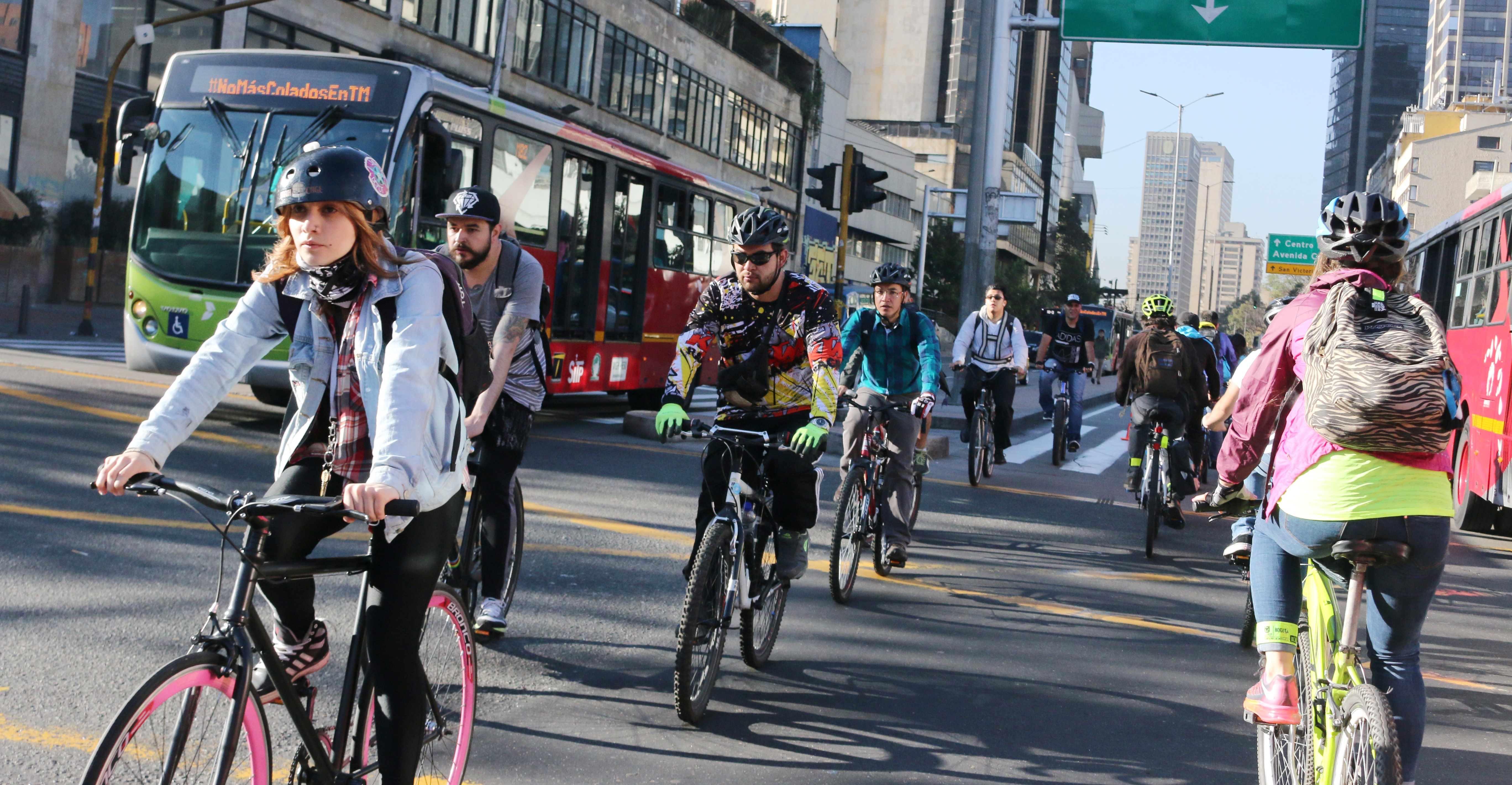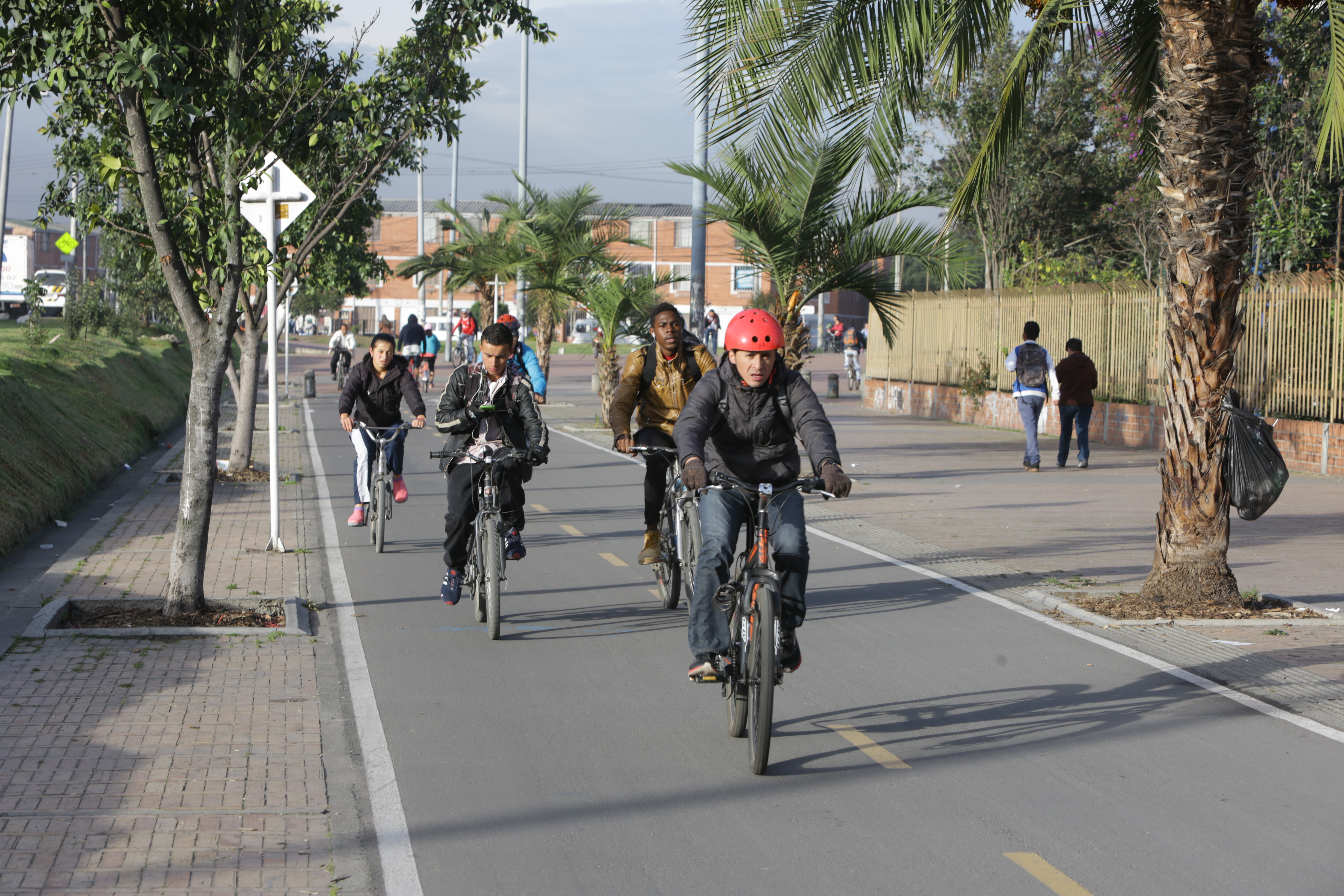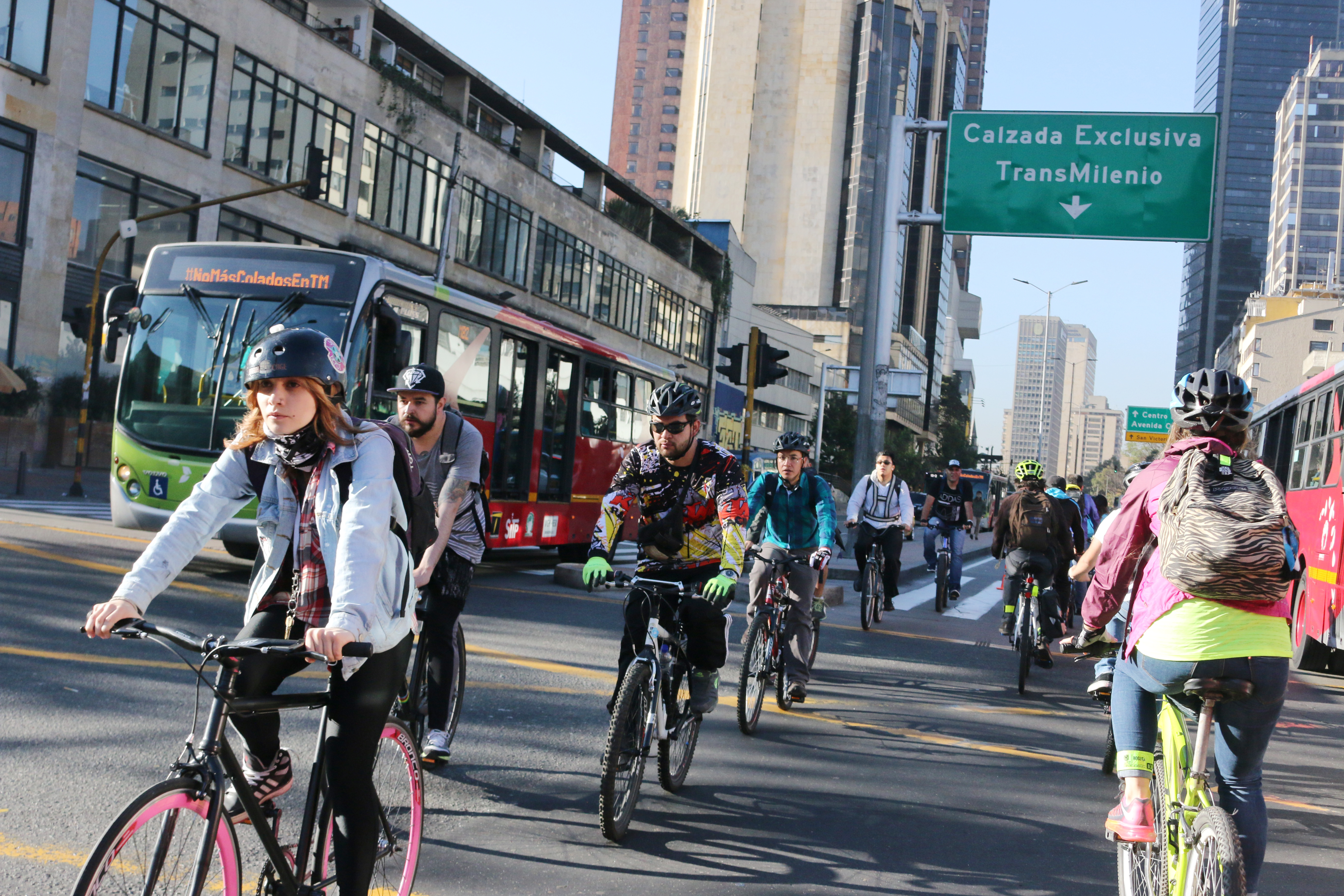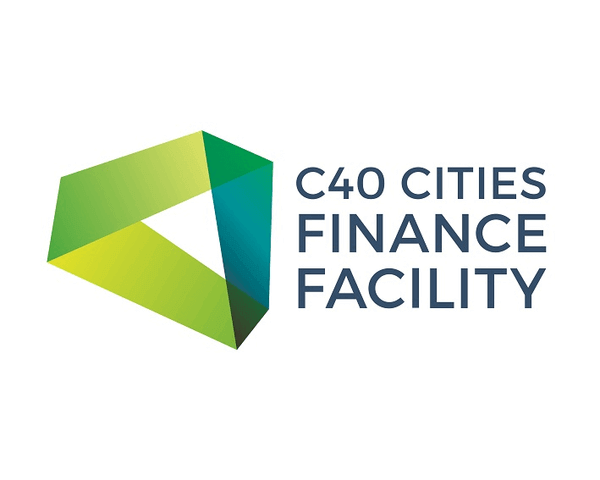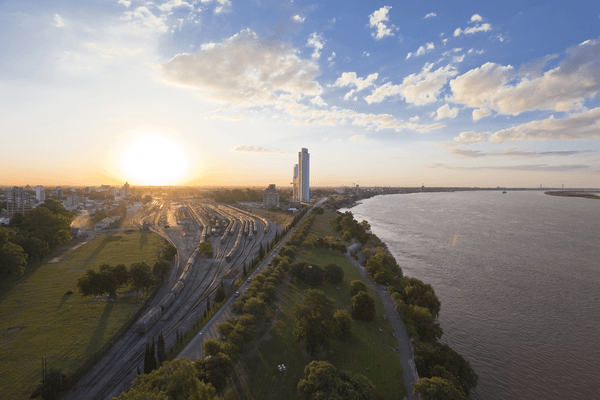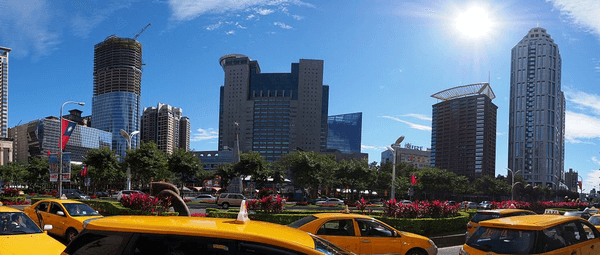Status
ongoing
50%
City
Bogotá
Main actors
City Government, Supranational / Intergovernmental Institutions
Project area
Whole City/Administrative Region
Duration
Ongoing since 2016
The C40 Cities Finance Facility is supporting a cycling transformation in the city of Bogotá by providing technical assistance to the city administration to help fund new high-quality cycling infrastructure.
The city of Bogotá is a leader in developing and implementing sustainable mobility projects. The 25km long 'Quinto Centenario' project will be the city's first resilient cycle highway, connecting citizens from low, middle, and high-income neighbourhoods with jobs, schools and recreational opportunities. Bogotá is building on previous efforts by undertaking an ambitious plan to build new infrastructure that will deliver a safe and fast cycling avenue and will symbolise how cycyling will look in the near future.
The C40 Cities Finance Facility (CFF), in partnership with the Inter-American Development Bank and the World Resources Institute, is supporting the city of Bogotá in developing the project by providing tailored technical assistance to the city. This includes a dedicated advisor, technical studies, and the analysis of potential financing and funding structures.
This case study was contributed from the C40 Cities Finance Facility: https://www.c40cff.org/
On Map
The Map will be displayed after accepting cookie policy
